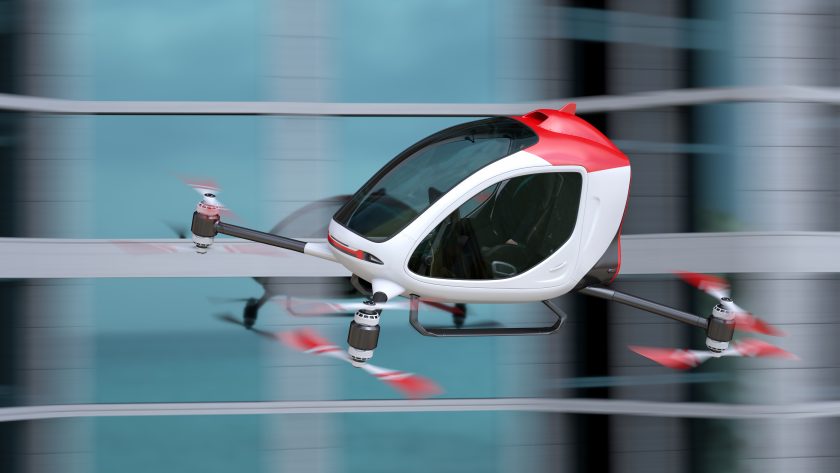As part of the CAA’s efforts to support the introduction of eVTOL operations in the UK, the regulator has published indications of its policy approaches on flight operations, the licensing of pilots and on the regulatory basis for continued airworthiness of VTOL aircraft.
The CAA is using existing legislation for the regulation of VTOL operations to the greatest extent possible as collective understanding of the new technology will grow as designs mature and operations commence. This understanding will inform the CAA’s ongoing work rulemaking work. The policy statements are intended as interim guidance to allow stakeholders to proceed with planning operations in line with CAA’s thinking while the formal rulemaking process is taking place. The CAA welcomes feedback as part of the Advanced Air Mobility Challenge. It has also outlined its approach to aircraft certification.
The CAA has developed policy statements on flight operations using VTOL aircraft, the licensing of pilots of VTOL-capable aircraft and on the regulatory basis for continued airworthiness of VTOL aircraft, as in as interim guidance to allow stakeholders to proceed with planning operations in line with CAA’s thinking while the formal rulemaking process is taking place. The CAA invites comments from stakeholders on our approach, this can be done by answering calls for feedback:
Flight operations using VTOL aircraft
Licensing of pilots of VTOL-capable aircraft
Type-Certification of VTOL aircraft
The regulatory basis for continued airworthiness of VTOL aircraft
Formal rulemaking will involve industry input and formal consultation as per CAA procedures and best practice.
According to the CAA, Advanced Air Mobility (AAM) work seeks to develop new, environmentally friendly aircraft designs to move people and goods. In many cases it involves electric powered vertical take-off and landing (eVTOL) aircraft. These technologies have the potential to benefit UK consumers and contribute to the UK’s Jet Zero objectives.
Introducing these new aircraft and operations involves significant work. Gaining regulatory approval for new aircraft with new powerplants and new styles of operation means regulations and approval mechanisms must adapt, and innovators are also learning how to integrate within the traditional national and international aviation frameworks.
“As the UK aviation regulator, we are adapting to work in new ways to engage and regulate the AAM industry. This includes the need to access relevant expertise whilst improving our ability to stay abreast of this fast-moving industry. As with much innovation, the timescales industry sets are challenging, and it is important that we address all the challenges and activities as a whole and in a logical order to enable the safe introduction of Advanced Air Mobility as quickly as possible.”
For more information visit:
www.caa.co.uk
(Image:Shutterstock)




